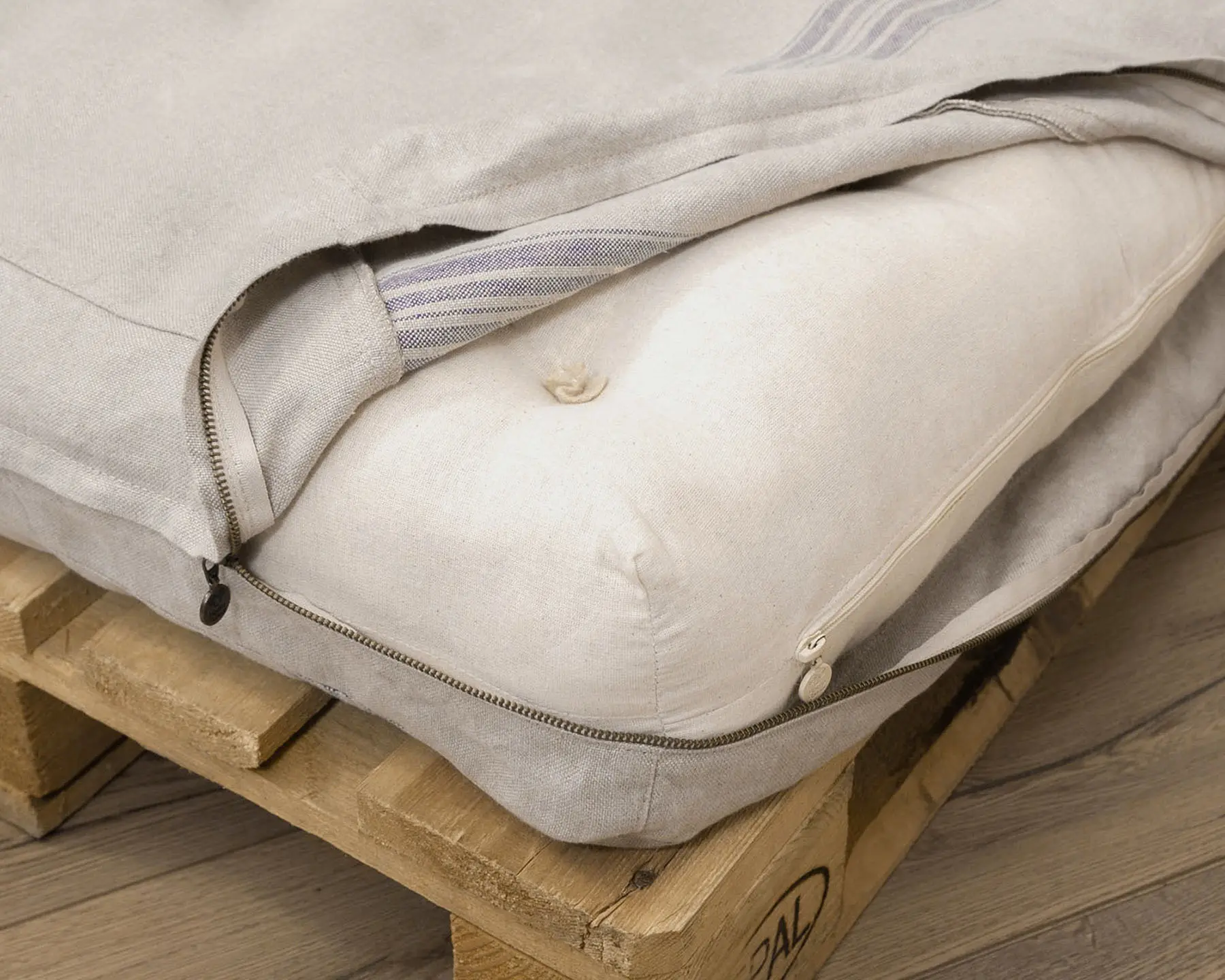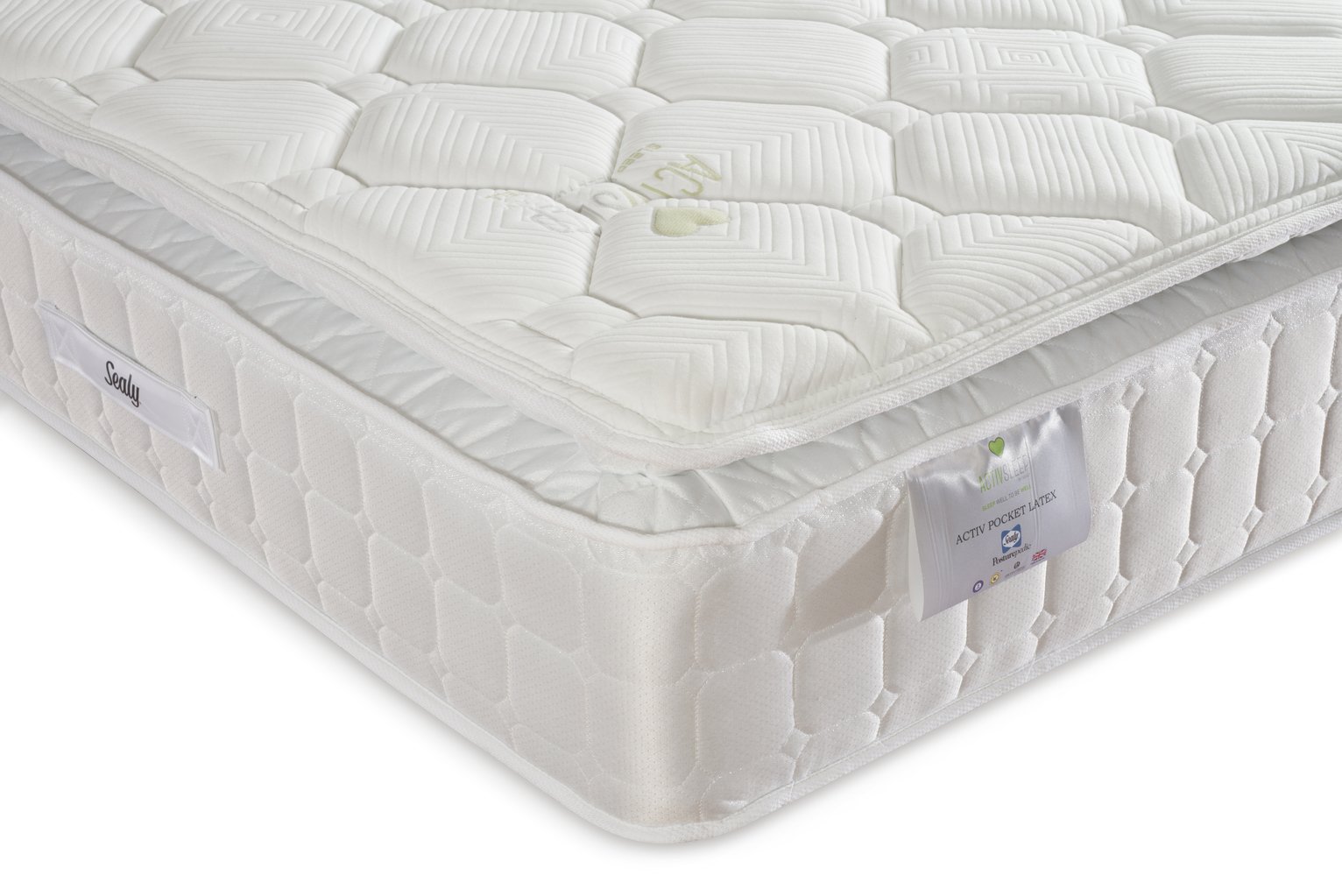If you're noticing water leaking from your kitchen sink, it may be time to replace the seal. Over time, the seal can become worn or damaged, causing water to seep through and potentially causing damage to your cabinets or floors. Fortunately, replacing a kitchen sink seal is a relatively simple process that can be done in just a few steps. In this article, we'll go over the 10 main steps you need to take to replace your kitchen sink seal and ensure a leak-free sink.How to Replace a Kitchen Sink Seal
The first step to any DIY project is to gather all the necessary materials. For this project, you'll need a new seal, a putty knife, plumber's putty, and a pair of pliers. You may also want to have some paper towels or rags on hand to clean up any excess water.Step 1: Gather Your Materials
Before you begin any work on your sink, make sure to turn off the water supply. This can usually be done by turning off the shut-off valves located under the sink. If you're not sure where these valves are, you can turn off the main water supply to your house.Step 2: Turn Off the Water Supply
Using your pliers, disconnect the plumbing under the sink. This includes the drain pipes and the water supply lines. Make sure to have a bucket or container handy to catch any water that may still be in the pipes.Step 3: Disconnect the Plumbing
With the plumbing disconnected, you can now remove the old seal. Use your putty knife to gently scrape away any old putty or caulk around the edge of the sink. Once the old seal is removed, make sure to clean the area thoroughly with a damp cloth.Step 4: Remove the Old Seal
Take your new seal and roll it out to the length of your sink. You may need to trim the seal to fit properly. Make sure to leave a little extra on each end to ensure a tight seal.Step 5: Roll Out the New Seal
Take a small amount of plumber's putty and roll it into a thin snake shape. Press the putty onto the edge of the sink where the seal will be placed. This will help to create a watertight seal and prevent any leaks.Step 6: Apply Plumber's Putty
Carefully place the new seal onto the edge of the sink, making sure it is centered and covers the entire perimeter of the sink. Gently press down on the seal to adhere it to the putty.Step 7: Place the New Seal
Once the seal is in place, you can now reconnect the plumbing. Make sure all connections are tight and secure to prevent any leaks.Step 8: Reconnect the Plumbing
With the plumbing reconnected, you can now turn the water supply back on. Check for any leaks and tighten connections if necessary.Step 9: Turn the Water Supply Back On
Clean up any excess putty or water and test your sink by running the water. If everything looks good, you have successfully replaced your kitchen sink seal! Replacing a kitchen sink seal is a simple and straightforward process that can save you from potential water damage. With the right materials and a little bit of time, you can easily complete this project yourself. If you're not comfortable doing it on your own, don't hesitate to call a professional for help. A properly sealed sink will not only prevent leaks, but it will also make your kitchen look and function better.Step 10: Clean Up and Test
Why Replacing Your Kitchen Sink Seal is Important for Your House Design

The Importance of Maintaining Your Kitchen

When it comes to designing and maintaining your house, the kitchen is often the heart of the home. It is where family meals are prepared, memories are made, and guests are entertained. However, with frequent use, the kitchen can also be the most susceptible to wear and tear. That is why it is crucial to regularly maintain and update your kitchen to ensure its functionality and aesthetic appeal. One important aspect of kitchen maintenance is replacing your kitchen sink seal .
The Role of the Kitchen Sink Seal

The kitchen sink seal is a small but essential part of your kitchen. It is the barrier between your sink and the countertop, preventing water and food particles from seeping into the gap and causing damage to your cabinets and flooring. Over time, the seal can wear out and become brittle, leading to leaks and mold growth. Not only can this compromise the structural integrity of your kitchen, but it can also impact the overall look and feel of the space.
Signs Your Kitchen Sink Seal Needs Replacing

It is essential to keep an eye out for any signs that your kitchen sink seal needs replacing. If you notice water pooling around your sink, or a musty odor coming from under the sink, it is a clear indication that your seal has deteriorated and needs to be replaced. Additionally, if you see any cracks or gaps in the seal, it is a sign that it is no longer effective and should be replaced immediately.
The Benefits of Replacing Your Kitchen Sink Seal

Replacing your kitchen sink seal not only ensures the functionality and design of your kitchen but also has other benefits. By preventing water damage, you are also preventing potential health hazards such as mold growth. A new seal can also improve the overall look of your kitchen by eliminating any unsightly gaps or cracks. Furthermore, it can save you money in the long run by avoiding costly repairs that may arise from water damage.
How to Replace Your Kitchen Sink Seal
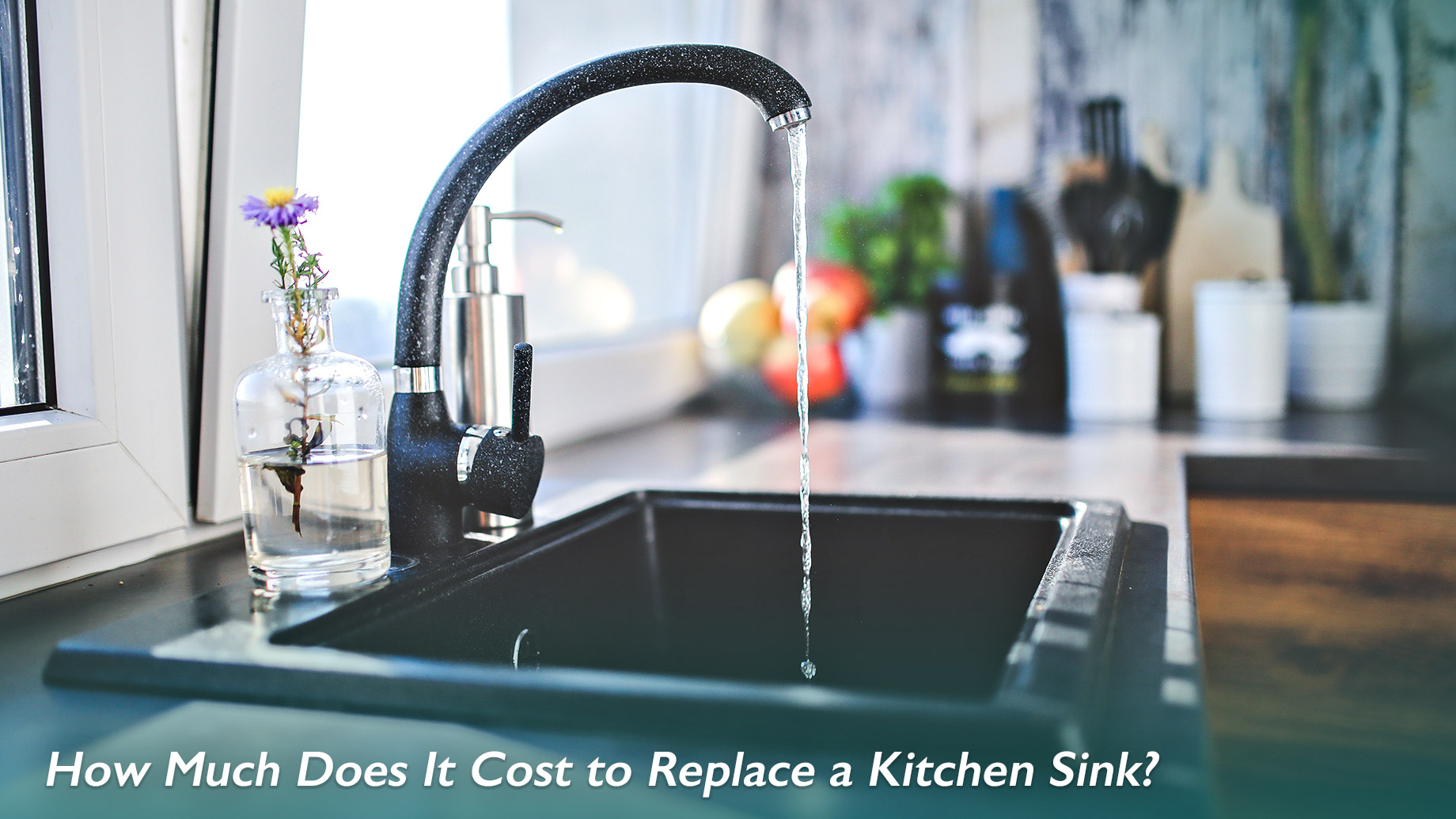
Replacing your kitchen sink seal is a relatively simple task that can be done by any homeowner. First, you will need to remove the old seal using a putty knife or scraper. Next, clean the area thoroughly and dry it before applying the new sealant. Apply the sealant in a continuous line around the sink's perimeter and smooth it out with a damp cloth. Allow it to dry completely before running water in the sink.
In conclusion, maintaining your kitchen is crucial for both its functionality and design. Replacing your kitchen sink seal is a small but necessary step in keeping your kitchen in top shape. By regularly checking for signs of wear and tear and replacing the seal when needed, you can ensure the longevity and beauty of your kitchen for years to come.























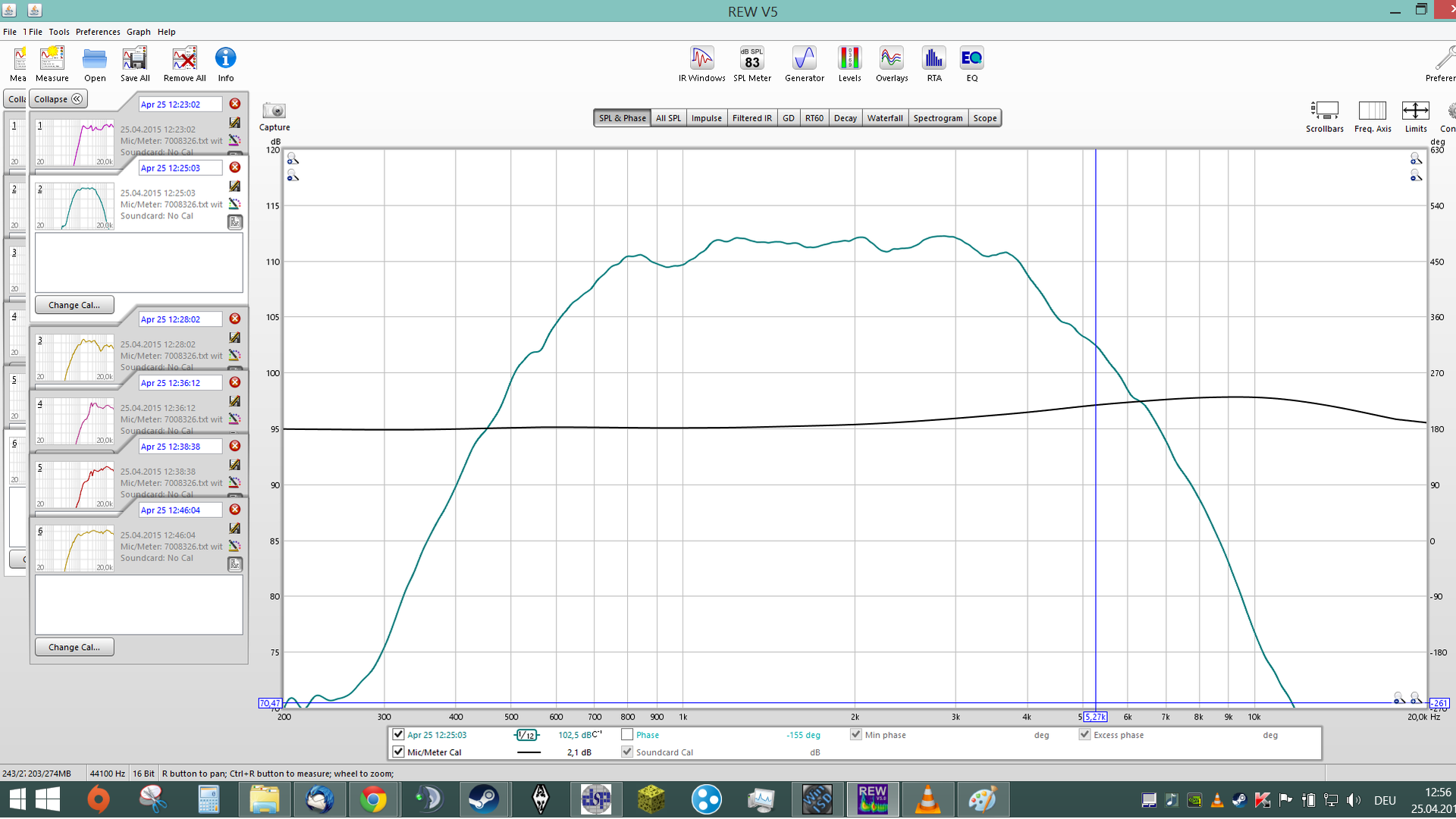

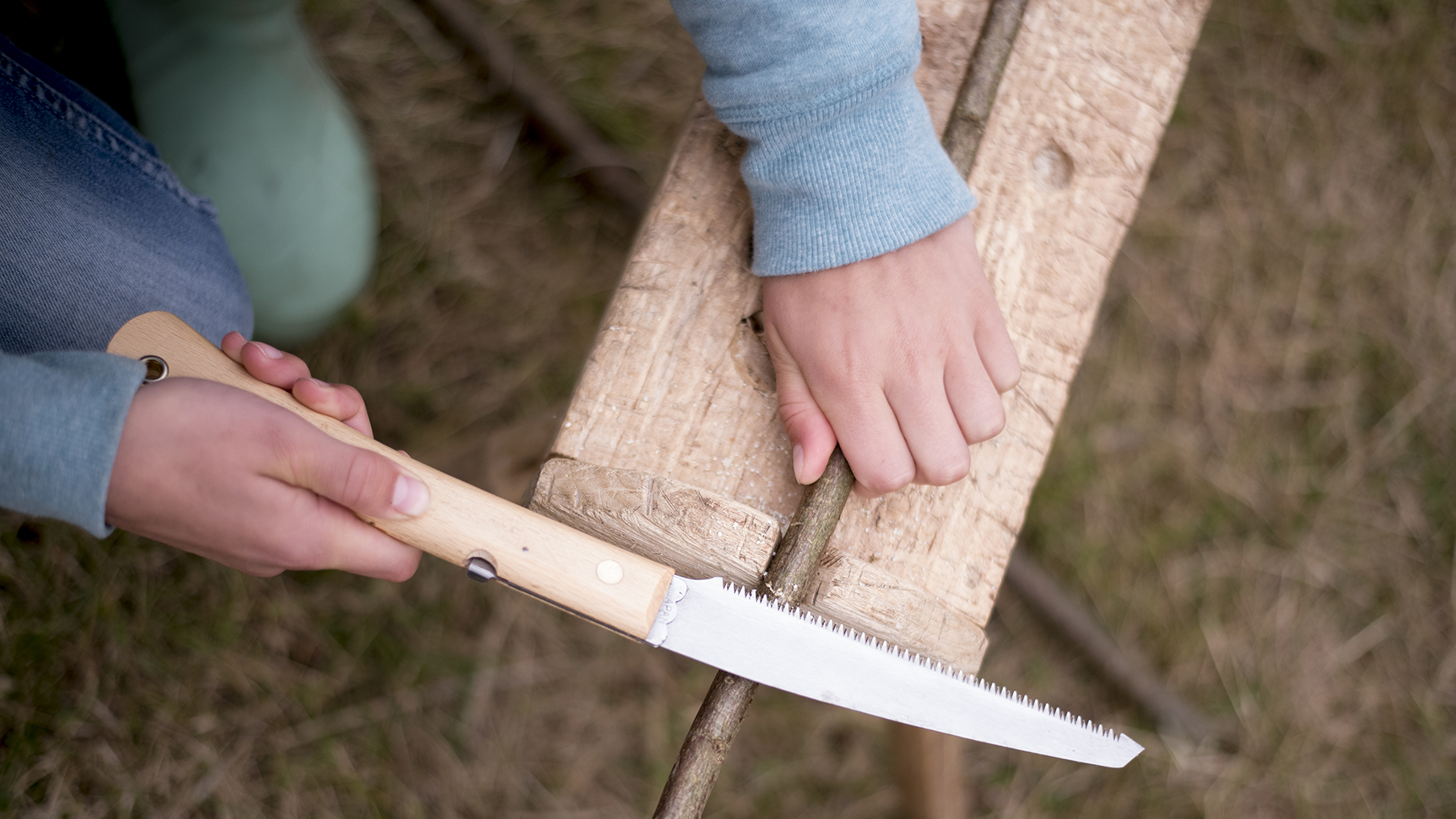
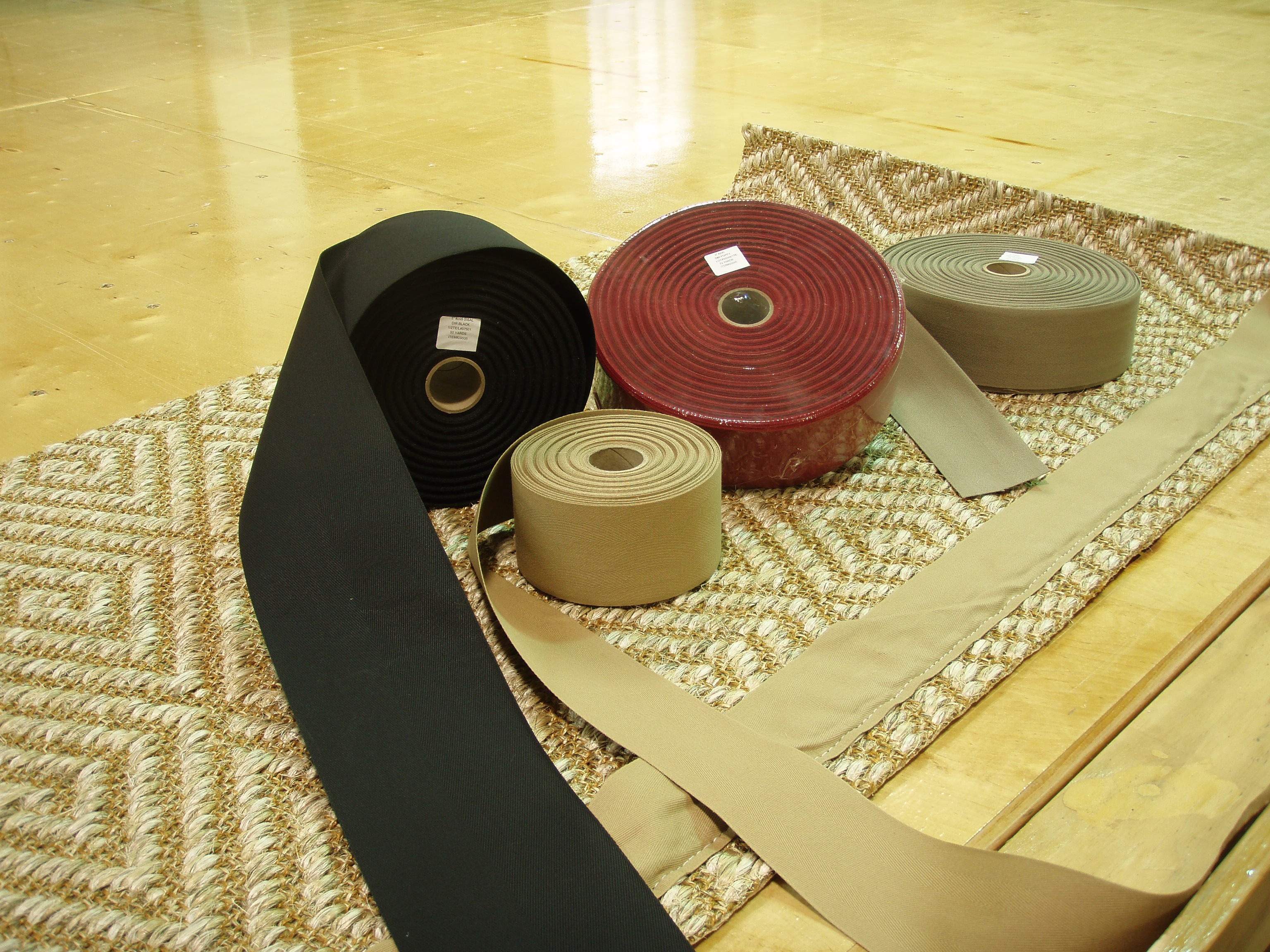









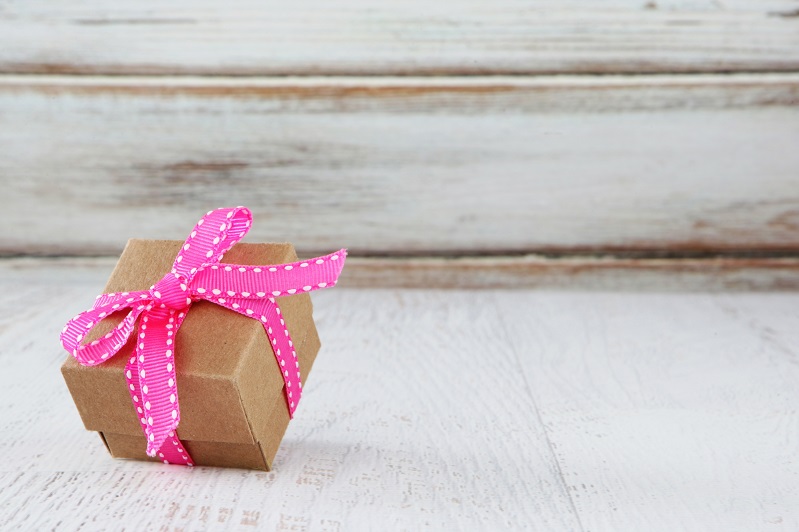
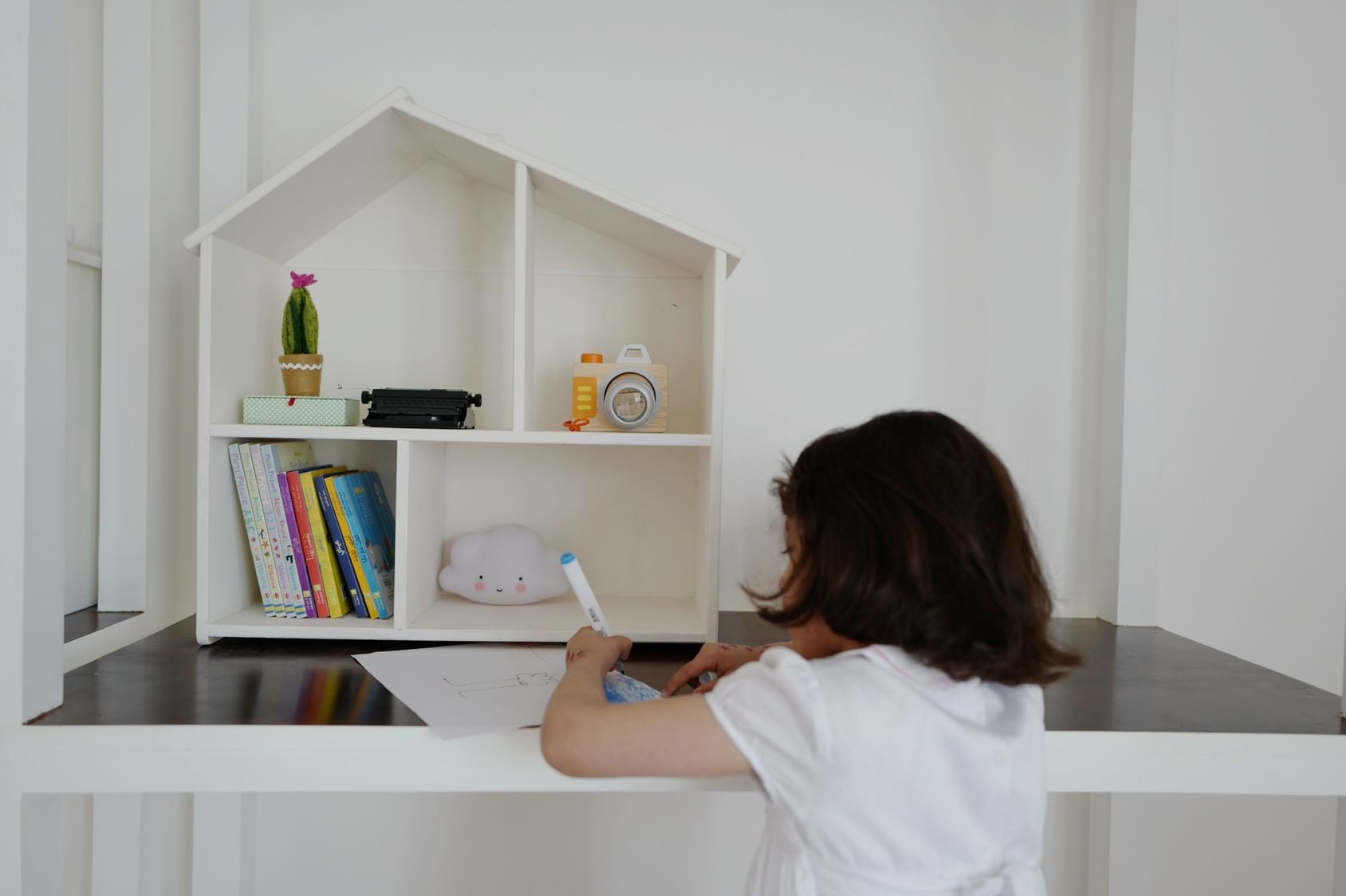
























/GettyImages-564734565-58dbe7bb5f9b584683f795b1.jpg)

:max_bytes(150000):strip_icc()/white-spruce-branch-837600712-5313112828fd4f4aa49d5d8f2e05568c.jpg)


:max_bytes(150000):strip_icc()/white-spruce-branch-1251151185-332cc9b191054193ba88789dd48ba70e.jpg)





